The Origin and Meanings of Your Favorite Flowers
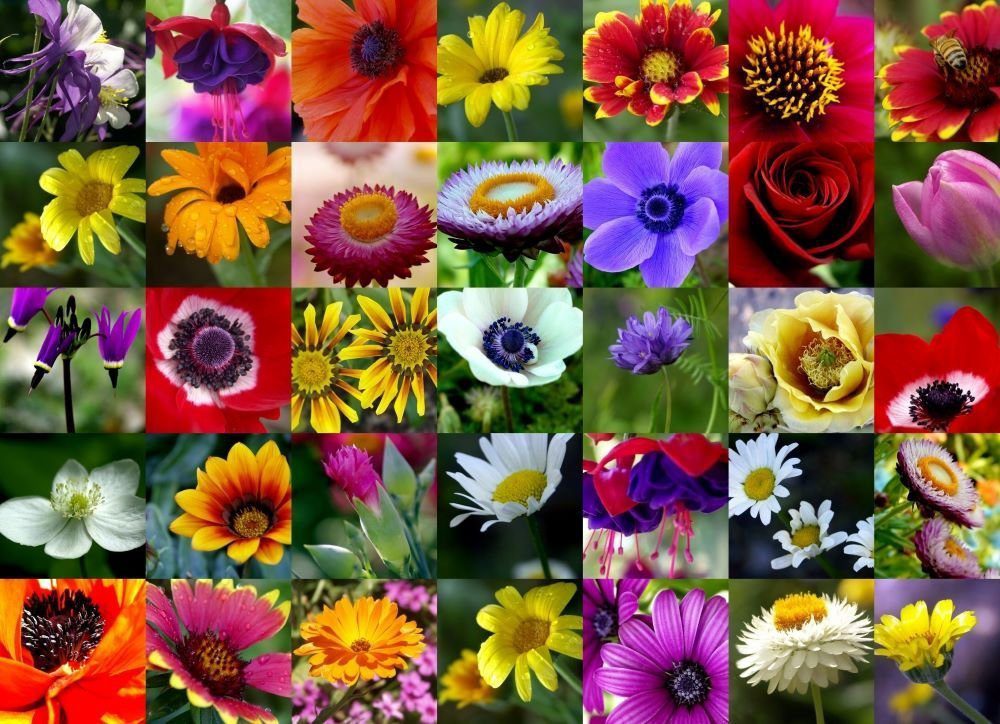
Before we start with the meaning of flowers, a bit about flower etiquette. In the United States, florists sell flowers by the dozen. Outside the US, you should be careful with the number of flowers you offer. The rule about a flower arrangement always having an odd number of flowers carries over to presenting flowers to a hostess or a loved one. Never present a dozen, nor hand over 13. The correct number is 11. If a flower vendor accidentally sells you an even number, take one away and put it in a vase at home. (Even numbers are OK for funerals or to give to someone who is grieving.)
As for type and color: In Asia, you would not give a girlfriend or boyfriend, husband or wife, a potted plant. A plant in a pot represents a restricted relationship. By extension, giving a loved one bonsai would probably be the worst possibly idea.
Yellow is a dangerous color for a woman’s bouquet. It can mean the end of a relationship. Just so you know. If yellow roses are her favorite, however, you have a pass.
White lilies are probably not an ideal hostess present, since they are often considered a funeral flower. Italians consider chrysanthemums suitable only for funerals. Flowers in Egypt are usually displayed only at funerals and weddings.
And the French believe that red carnations should be reserved only as a token for a woman for whom you feel deep passion. You would never give red carnations to your mother. Quell horreur!
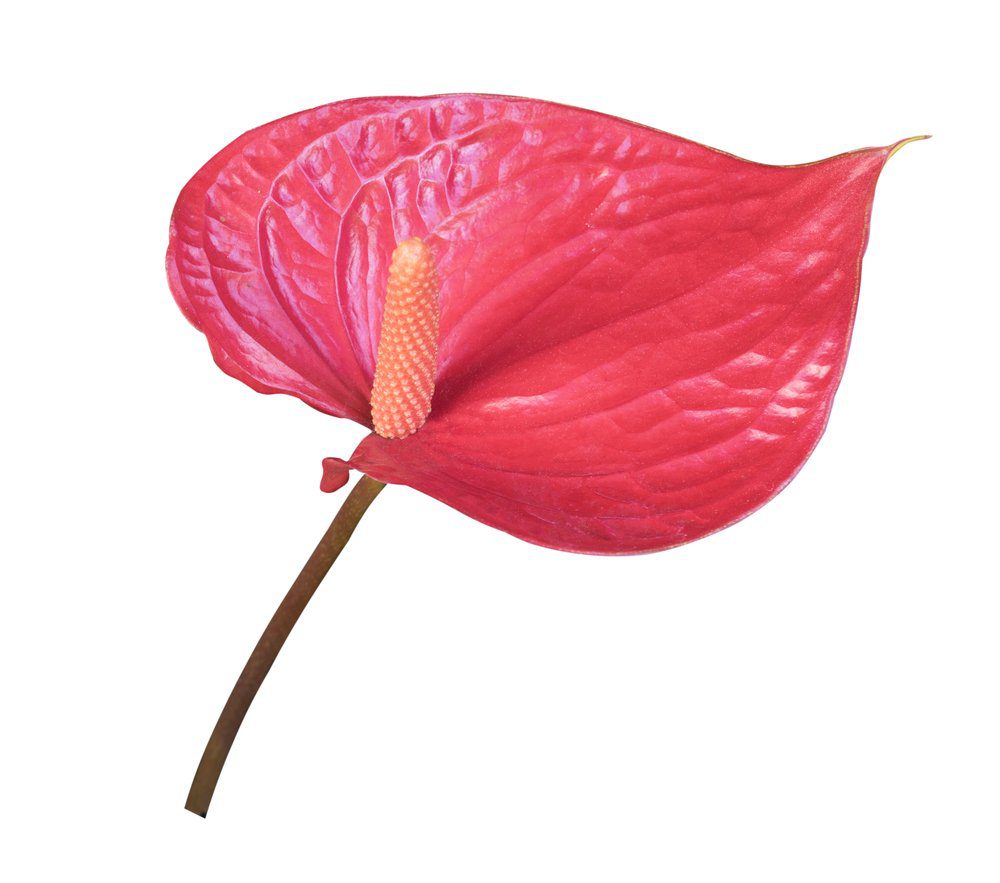
Anthurium
The exotic anthurium has an open, heart-shaped flower. The plant is a natural air purifier and is said to symbolize hospitality. It is a member of the Arum family, which includes the Calla Lily, caladium and Jack-in-the-Pulpit. Many plants in the family are poisonous, because of a high concentration of oxalic acid. The anthurium, despite symbolizing hospitality, should be kept away from children and pets. The plants contain insoluble calcium oxalate crystals. When a dog chews or swallows any part of the plant, these crystals can cause: cardiac arrhythmia, diarrhea, dilated eyes, difficulty swallowing, excessive drooling and other problems.
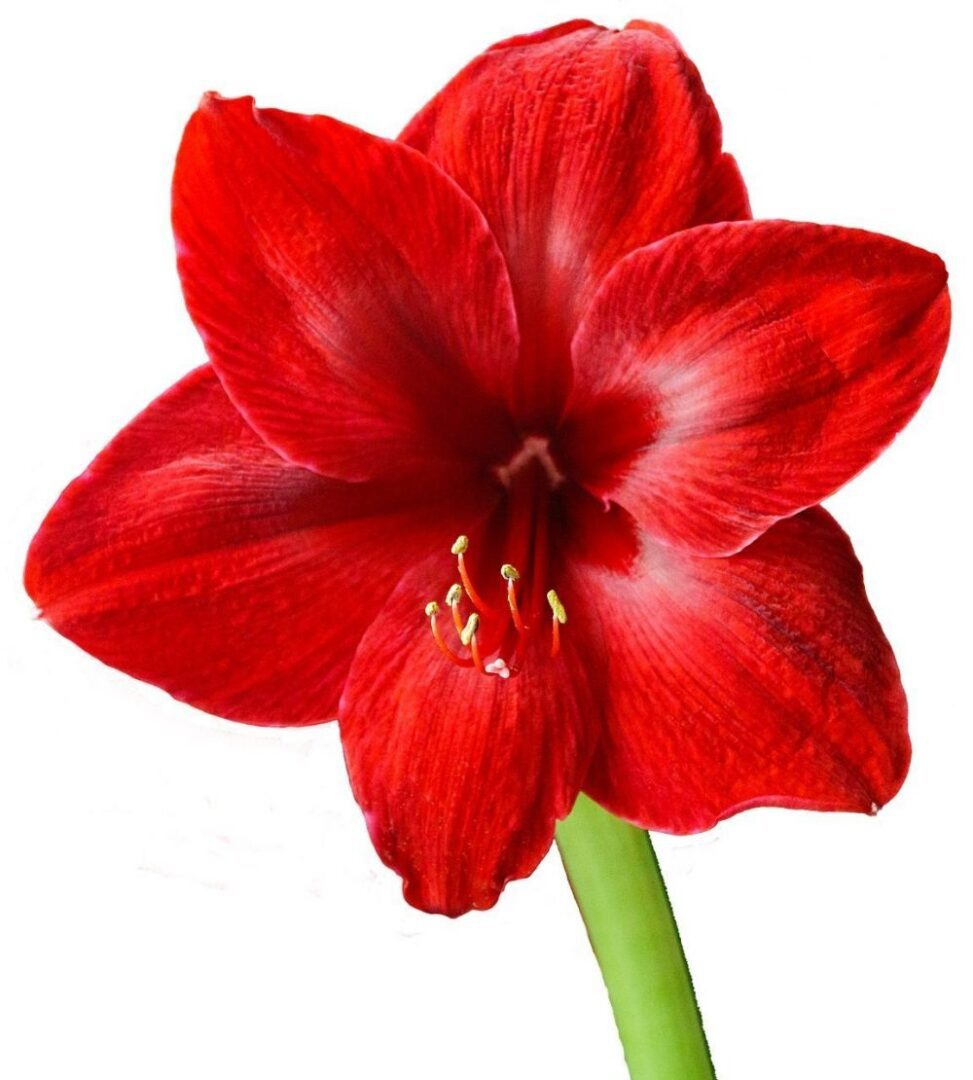
Amaryllis
Here is a story worthy of a Disney movie. Perhaps the Oracle of Delphi can replace the Wicked Witch as the dispenser of bad advice. In Greek mythology, a nymph named Amaryllis fell in love with Alteo, and why not? Although a mere shepherd boy, he had the strength of Hercules and the beauty of Apollo.
But, Amaryllis, although a lovely young maiden, could not, like, get his attention, you know? So she went to the Oracle of Delphi. And, wouldn’t you know, the oracle was a high priestess in a sisterhood of seers who guided the kings of Greece. So not that far from, say, witches.
In any case, the Oracle of Delphi, who, for all we know wanted Alteo for herself, told Amaryllis to knock at his door and present him with the thing he wanted most: a beautiful flower he had never seen before.
How would she do that? The Oracle said she should dress in maidenly white and then, using a golden arrow, pierce her heart if he did not answer the door. And do this for 30 nights. As a storybook this would get repetitive, unless you are teaching a child to count to 30. But on the 30th night, Alteo opened the door and Amaryllis stood there, transformed into a beautiful red flower, created from the blood of her broken heart.
Well. Somehow, in Victorian times, giving someone an amaryllis was a reward for a job well done. Now it is better known as the Christmas lily, and brings joy to the home as a forced bulb. Two final points. It is not a lily, even though, like a lily, it has three outer tepals and three inner petals.
And what people display and give and grow at Christmas is not a true amaryllis. Sorry. A Botanical Congress in 1987 settled the matter with a ruling that the very small tribe of Amaryllideae consists of one true Amaryllis: the one from South Africa. The “Amaryllis” sold at Christmas is actually a Hippeastrum, which is from South America.
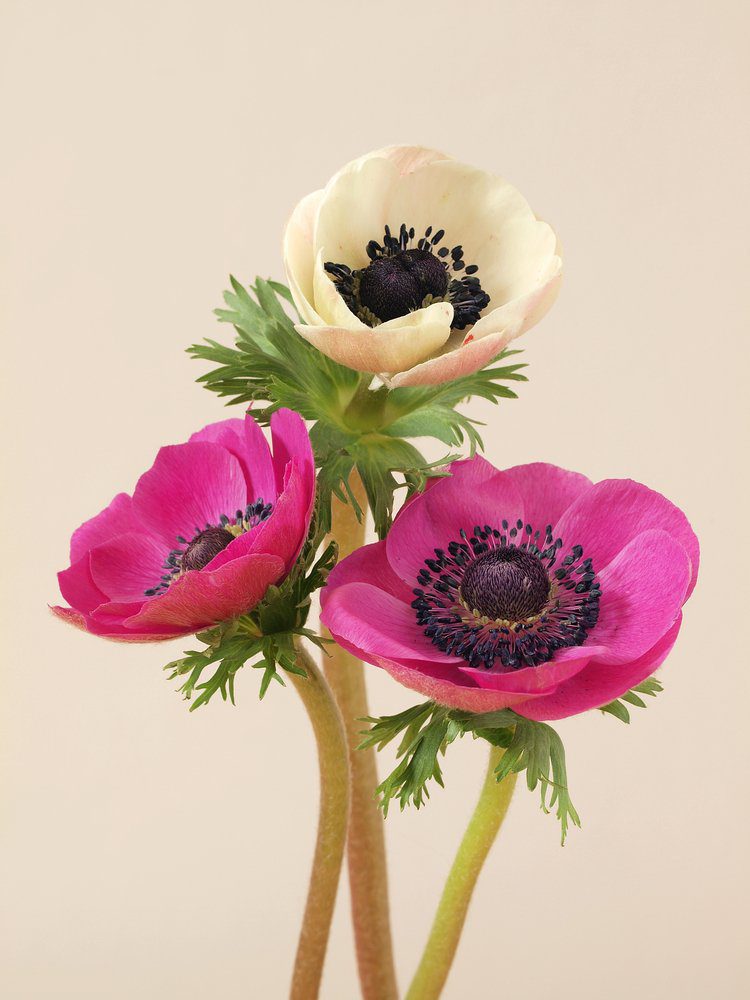
Anemone
The anemone (the Greek word for windflower) is a plant in the buttercup family, and in Greek mythology sprang from Aphrodite’s tears as she mourned for her lost love, Adonis. Logically, anemone stand for lost love and affection, but they also get a second shot: they are considered protection against evil and ill wishes. Because anemone flowers close their petals at night (or on cloudy days) common mythology says that fairies sleep inside. And because their closing petals predict rain, anemonies also represent anticipation. They recently have become popular in bridal bouquets.
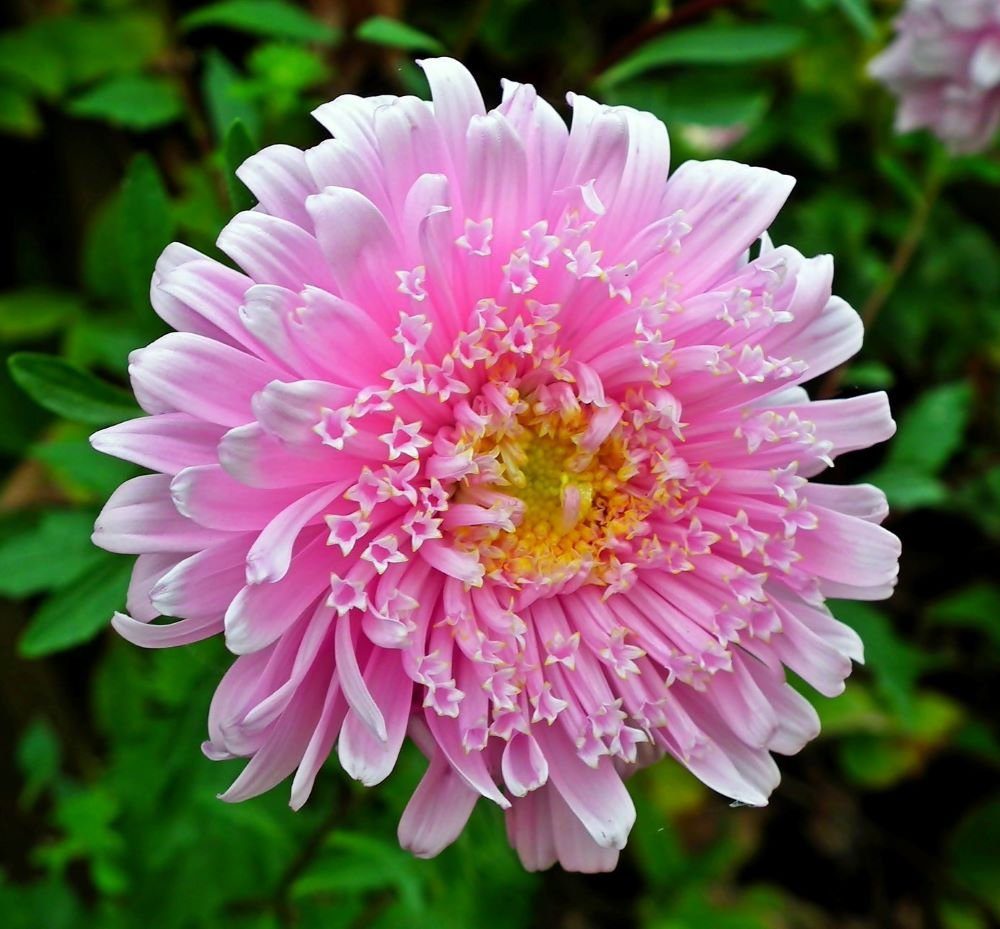
Aster
Asters get their name from the Greek word “Asteri” for “star,” and is found in such words as “asteroid” and “asterisk.” In ancient times, burning their leaves was thought to drive away evil spirits. Today they symbolize love and patience, are the September birth flower and are traditionally given on the 20th wedding anniversary.
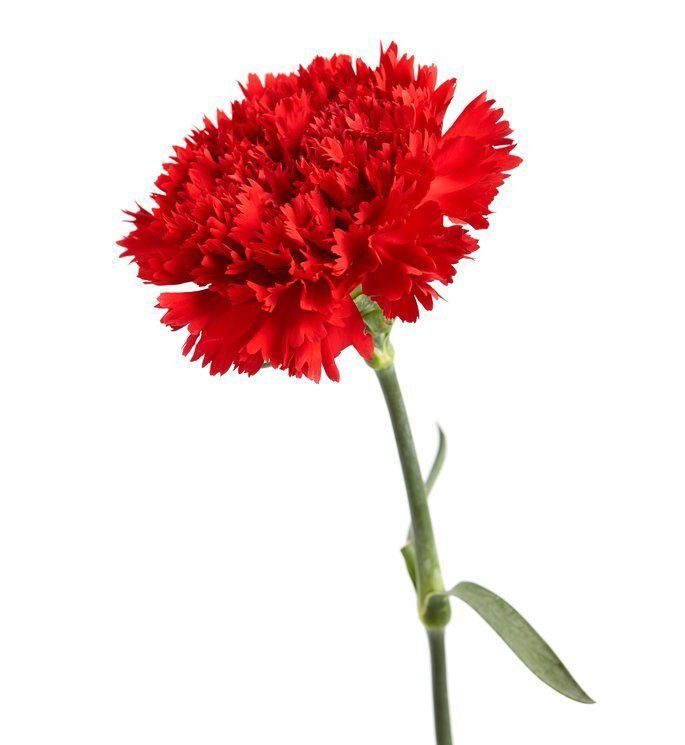
Carnations
Carnations may have several meanings, depending on their color. Dark red carnations are associated with deep love. Pink carnations, because it is believed they derived from the Holy Mother’s tears, represent a mother’s love. White carnations represent purity. Red, white and dyed blue carnations represent the American flag on the 4th of July. Carnations are also dyed green for St. Patrick’s Day. And carnations are worn by ushers at weddings and funerals. After a long period of decline, the carnation, thanks to the French, is having a revival as an ingredient in bouquets, not just as a funeral flower or in a Ceremony of State. The French, however, caution that red carnations are only to be given to someone with whom you are romantically involved, never your mother or, quelle horreur, your grandmother.
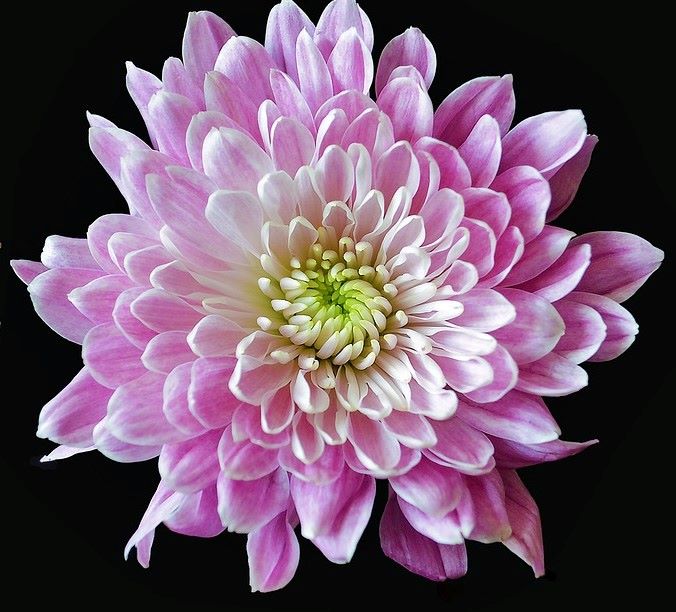
Chrysanthemum
Chrysanthemums have an ancient history in Eastern and Western history. The name comes from the Greek prefix “chrys-“meaning golden, for its original color, and “anthemion” meaning flower. The Chrysanthemum is a member of the daisy family, the way a Pomeranian is a member of the canine family. Centuries of cultivation have produced colors that range from white to purple, and species that include reflex, incurve, spider and pompon. It is the birth flower for November and the flower to celebrate the 13th wedding anniversary. In Japan, where cultivation of chrysanthemums is a near-religion, there is even a yearly Festival of Happiness to celebrate the flower.
The meaning of a chrysanthemum changes with the color. Red flowers symbolize love and deep passion. White is for truth and honesty. Lavender is sent to someone who is sick. But a yellow mum is for mourning, or neglected love.
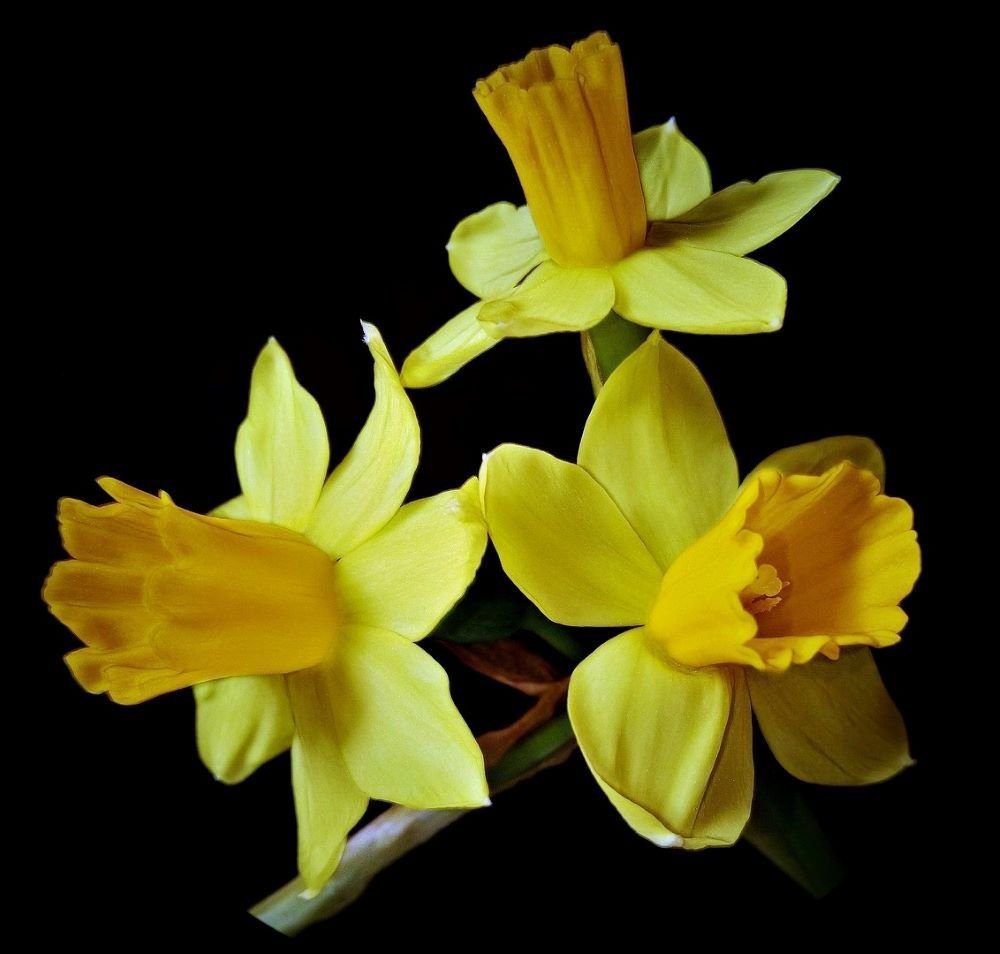
Daffodil
This is the March birth flower for a good reason. The daffodil is a sign of spring, a symbol of rebirth and new beginnings. Daffodils are often thought to represent the regard in which you hold someone. They also symbolize prosperity, probably because of their gold color. However, the meaning may also change with how many you send; for example, one daffodil can mean misfortune, but several can be seen as representing joy, because that bright yellow color is joyful in itself. In China, if you can force a daffodil bulb to bloom for New Year, you will have good luck in your home for the next year. Daffodils are also considered the correct bouquet to present on the 10th anniversary, quite a challenge if you live in the northern hemisphere and your anniversary is in the fall.
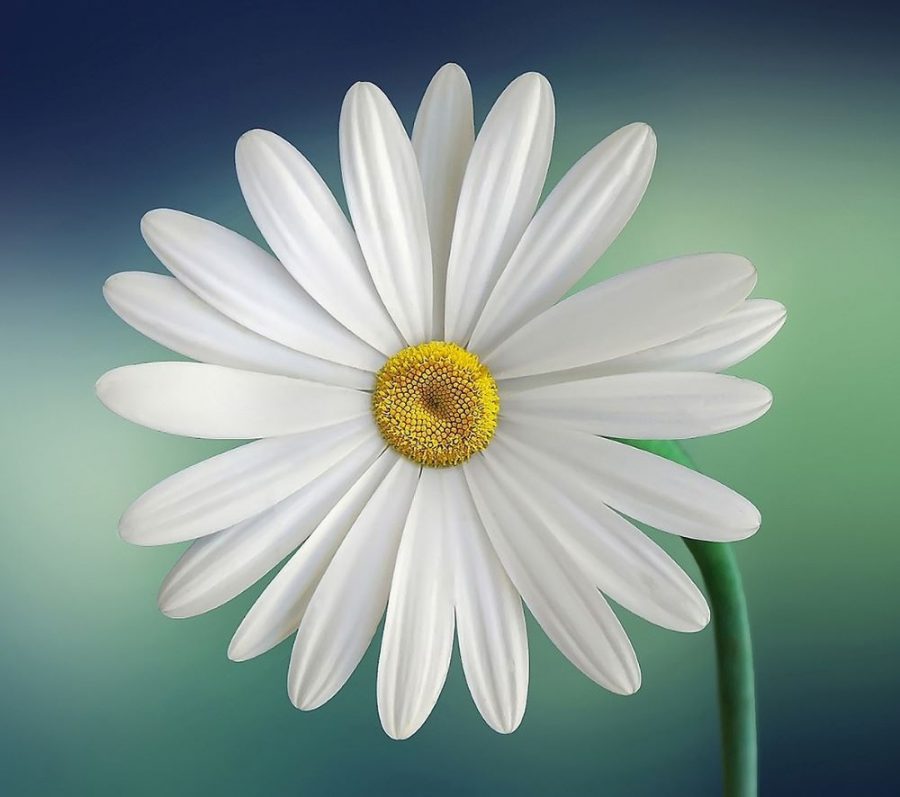
Daisy
Daisies have long been used as a symbol of innocence and youth. They may also stand for purity or lasting love. In Norse mythology, the daisy is Freya’s sacred flower. Freya is the goddess of love, beauty, sex, love, sorcery, lust, fertility, gold, war and death. So the daisy carries a lot of weight, and in Norse mythology could symbolize childbirth, motherhood, new beginnings. Daisies are sometimes given to congratulate new mothers. In Victorian times, daisies symbolized loyalty and trust. The daisy is also the traditional flower used to play the game of “He loves me, he loves me not,” while removing the petals of the bloom. Daisies are found everywhere on earth except Antarctica. Note that daisies are two flowers: the white petals are one, but the yellow part at the center are considered a second flower.
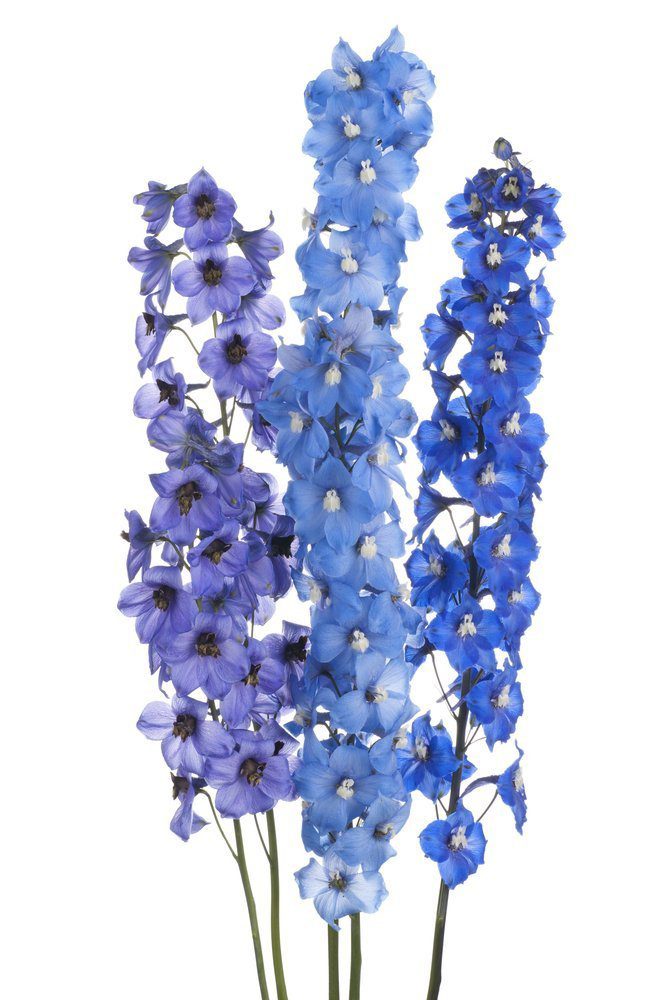
Delphinium
Delphiniums are a symbol of reaching the impossible, and as a gardener I can attest to that. They flop over and break. Mine refuse to come back. Let’s just say they are associated with dreamers. They share the same root word with dolphins and in less rarified precincts are referred to as larkspurs. Larkspurs, the annual form, were used as blue dye by Europeans and Native Americans. In olden times they were considered protection against witches and scorpions. Today the flowers represent fun, lightheartedness and laughter. If you give a bouquet, they are an indication of attachment. Considering the price of a bouquet of delphiniums, we would say great attachment. There are colors other than blue, of course. Pink larkspur represent fickleness. White larkspur indicates a happy-go-lucky nature. Yellow larkspur mean you have picked Federally listed endangered species in California.
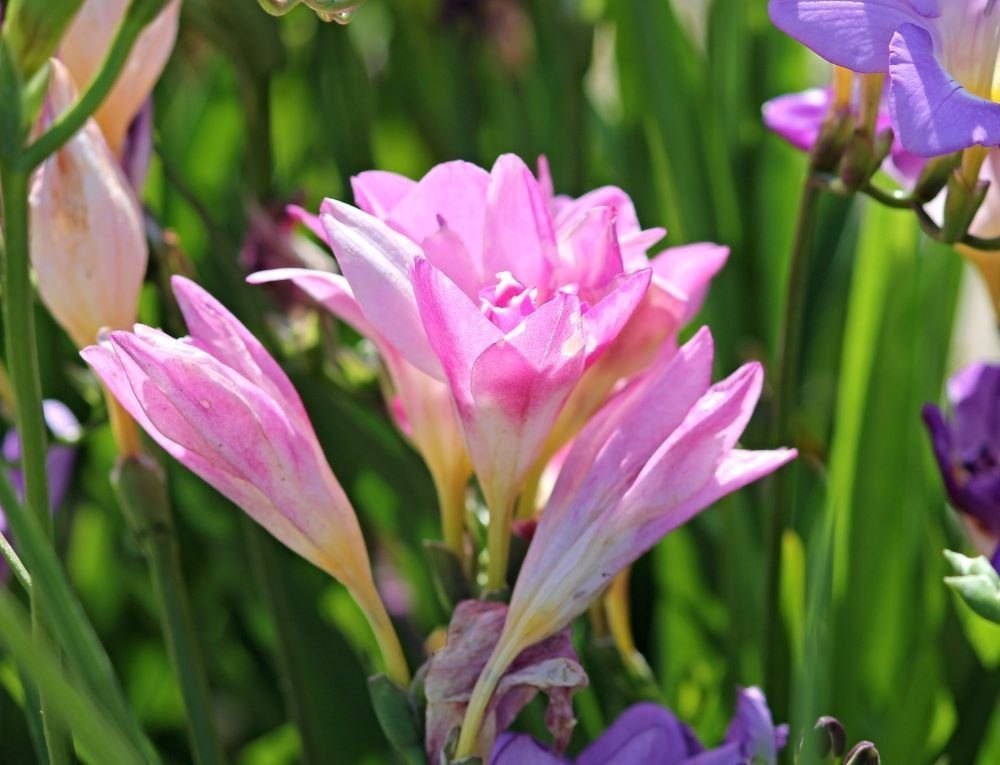
Freesia
Freesia represents thoughtfulness. They come in white, red, pink and yellow and are frequently sent as a gift to show trust in another person. Freesias might be included in a bouquet for a young girl, sometimes paired with daisies or other white flowers representing innocence or purity. Have we mentioned the scent? Freesia, which have a funny shape, a little like a graceful pea pod on a stem, have a delicious perfume. People are hopeless in trying to describe it, the worst example being that freesias “smell like Froot Loops.” That is an insult to freesias. They are from South Africa, and part of the Iris family.

Gerbera Daisy
Like other daisies, Gerbera daisies are associated with innocence and youth. Unique to the Gerbera is its association with happiness and cheerfulness, no doubt the reason the Gerbera is the fifth-most-popular flower in the world. It is the Ur-Flower, the child’s idea of a flower.
This flower may also be tied to longing for those who are away. As so many flowers here, it comes from South Africa, discovered by the Scotsman Robert Jameson in 1884. Thus the name Gerbera jamesonii. Its common name was given in honor of the German botanist Traugott Gerber. It is not a daisy, but like a daisy it is a member of the huge Asteraceae family.

Gladiolus
The birth flower for the month of August, gladioli are said to represent strength of character, in part due to the leaves’ resemblance to a sword. (Gladiolus – gladiator) The gladiolus can also be associated with the many attributes that make up strength of character, including generosity and sincerity, moral integrity and the remembrance of others. For a single flower that can remind some of an orchid, and that is supplied in generous number along a spine, generosity seems very much in keeping. While this workhorse of an old-fashioned cottage garden is often ignored, so many new cultivars are heart-breakingly beautiful, it should be seriously considered as a gift to someone in a bouquet.
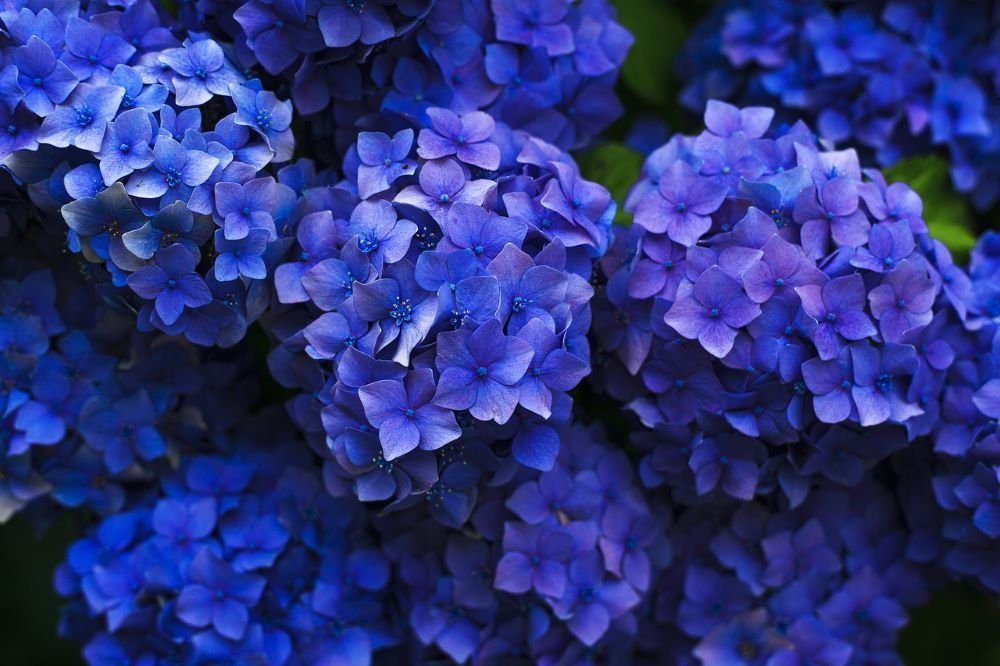
Hydrangea
Hydrangeas are most often associated with emotions that are close to the heart, including gratitude, joy and forgiveness, but are also said to represent heartlessness, covering both sides of love and relationships. The flower gets its name from its intense need of water, with hydrangea roughly translating to “water barrel” in Japanese. Pink hydrangeas symbolize deep emotion. Blue hydrangeas are offered for apology. White hydrangeas can be a symbol of boasting or bragging (or celebration, as at a wedding). And lavender hydrangeas indicate a desire to deeply understand someone. See our story on the hydrangea — A special flower to give to aunts.

Lilac
Purple lilacs represent new love. White lilacs represent youthful innocence. Lilacs are also the traditional gift of the eighth wedding anniversary and the common lilac, Syringa vulgaris, is the state flower of New Hampshire, symbolizing the hardiness of the state’s residents. They are a traditional harbinger of the arrival of spring. The botanical name, Syringa, comes from the Greek myth that Pan, the god of the forests and fields, chased a beautiful nymph named Syringa, who hid herself by turning into a beautiful, sweet-smelling bush. In the Christian portions of Greece, Lebanon and Cyprus, however, where lilacs usually bloom around Easter, they are referred to as “paschalia flowers.” Lilacs are small trees, and members of the olive family. We challenge anyone to walk past a bouquet of lilacs and not stop to smell them.
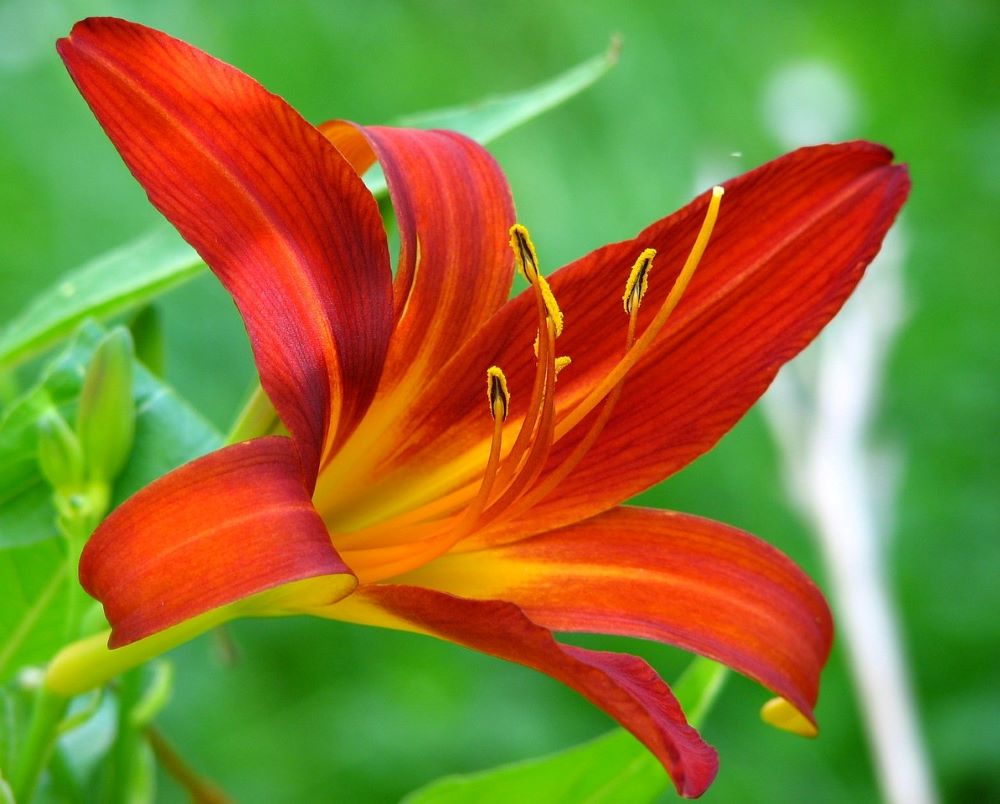
Lily
Lilies have several meanings, depending upon which variety you choose. The lily may mean peace, beauty, sweetness, or symbolize a mother’s love. White lilies symbolize purity; the red lily is associated with passionate aspirations.
Images of lilies were discovered in a villa in Crete dating back to 1580 B.C., and the flowers are prominent in mythology, partly because of their size and deep scent. The white “Madonna” lily was revered by the Greeks, who said that it sprouted from the milk of Hera, the queen of the gods. When people say “lily white,” they are referring to the Madonna lily, or Easter lily.
The word “lily” is derived from the Latin, lilium, and is the source of the name in most modern languages. Ancient languages derived from the Greek, leirion, Egyptian hieroglyphics that could mean any flower “hrrt,” and Coptic. Early Greek translations of the Bible translated the Hebrew word “shoshana” as “lily,” whereas today it is considered to mean “rose.” Lilies are the May birth flower, and the 30th wedding anniversary flower.
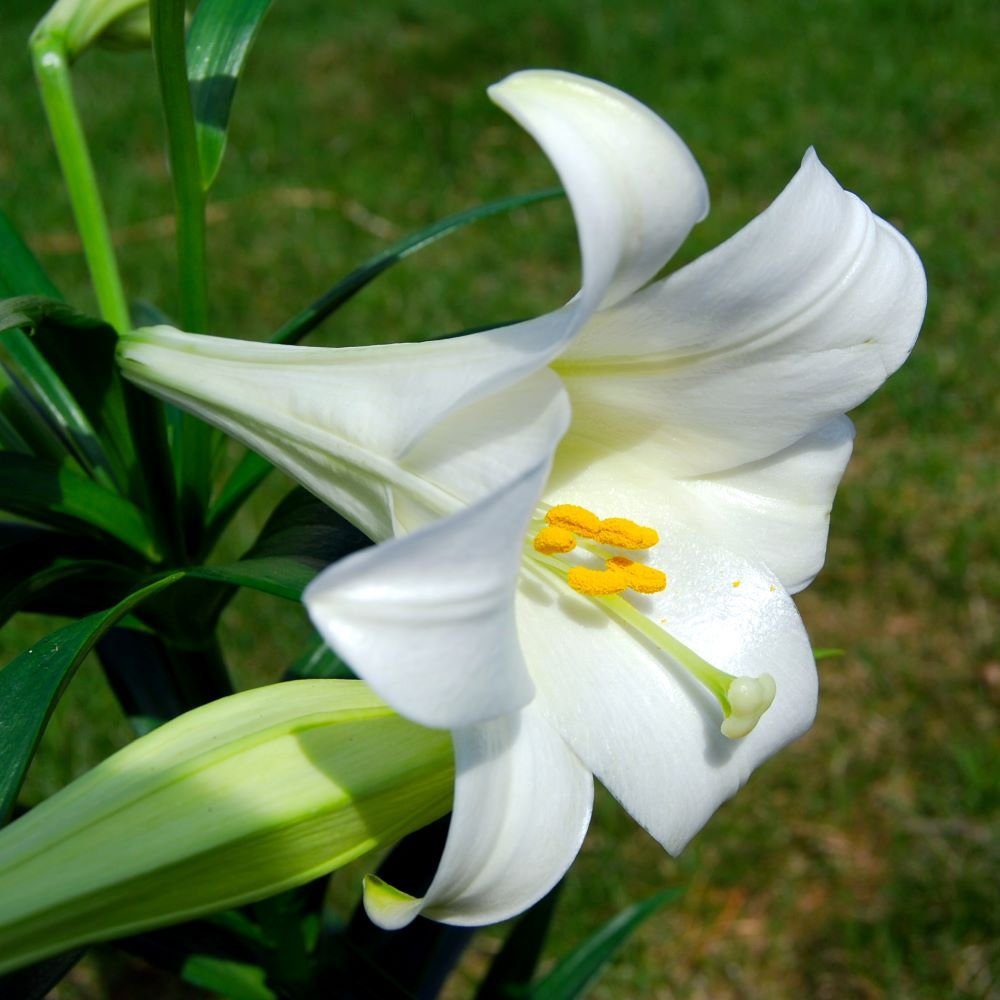
White lilies symbolize chastity and virtue – and are the symbol of the Virgin Mary’s purity. It also signifies her role as Queen of the Angels. And of course white lilies, Easter Lilies, are ever-present on Easter Sunday.
And there are even more true lilies. Peruvian lilies (alstroemeria), so often found in corner markets, represent friendship and devotion. Pink stargazer lilies represent wealth and prosperity. Because they symbolize humility and devotion, lilies are the 30th anniversary flower. The tiny lilies of the valley are the second anniversary flower as well as popular wedding flowers.
As the flowers traditionally associated with funerals, lilies symbolize innocence that is restored after death.
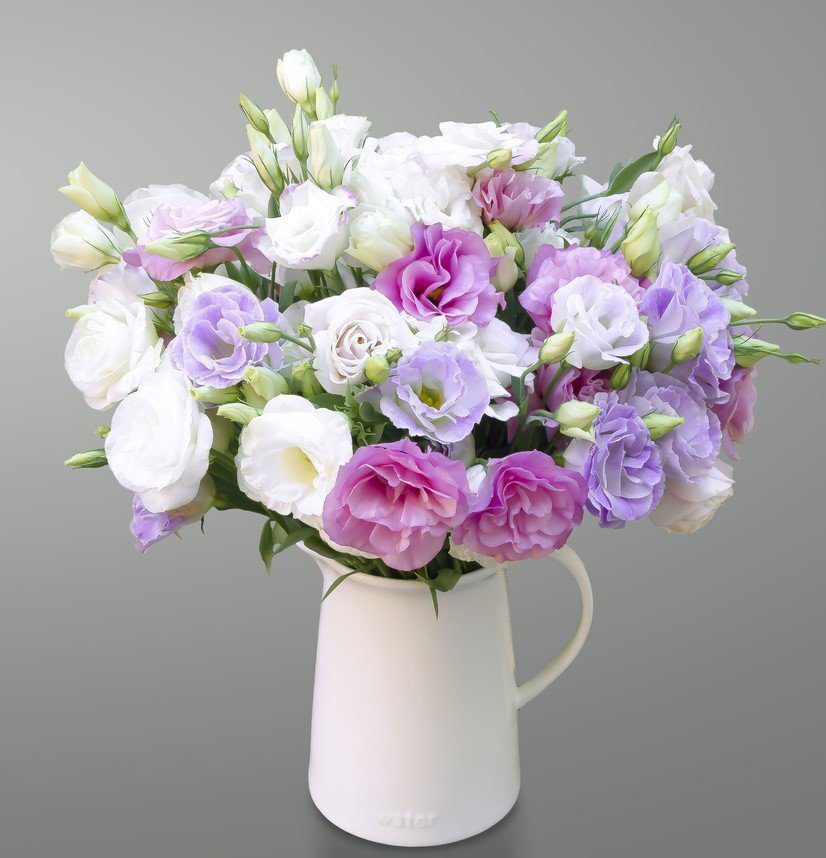
Lisianthus
The scientific name in Greek is “eustoma,” or “beautiful mouth,” an apt name for a flower that looks a bit like a ruffled, pastel rose. Lisianthus can express gratitude, or how much you appreciate them, but that is true for any floral bouquet. The seeds are notoriously hard to start, requiring sunlight to germinate. Perhaps that is why the flowers are considered an old-fashioned expression of rising above your surroundings. The plants grow in the wild in the right climate, and despite their hesitant start become a profuse bloomer. The flowers come in a range of colors, including a deep purple. They are often presented as a gift to let someone know you are thinking of them, or that you are holding them in your thoughts and appreciation.
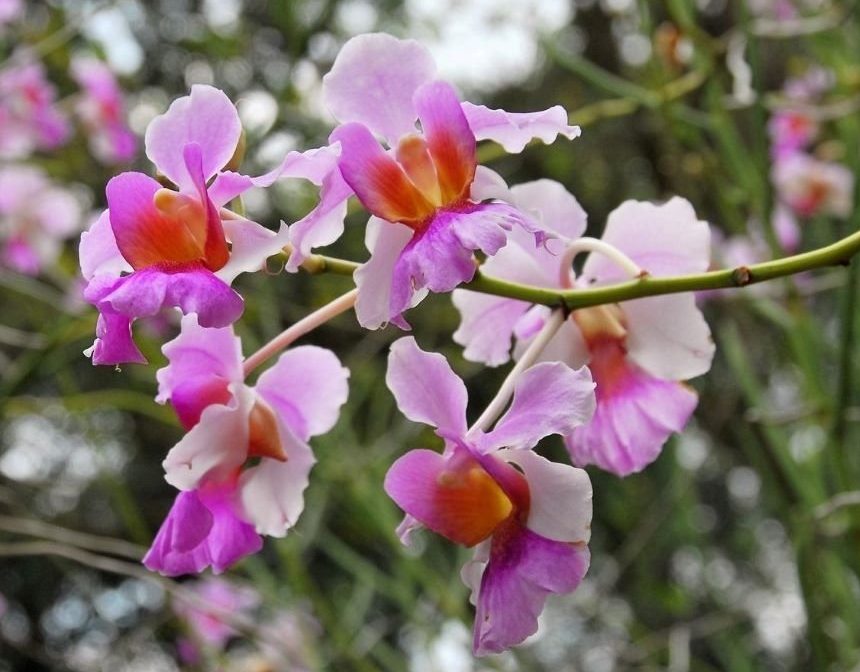
Orchid
The orchid is a symbol of rare beauty and connected to the exotic and with sensuality. Besides being the standard gift for a prom date, an orchid is said to represent desire. The authoritative medical text written between 50 – 70 BC called “Materia Medica of Dioscorides” recommended that Roman men eat the plump roots of “satyrions,” their name for orchids, if they wanted to have sons. (Orchio- is a Latin root referring to testes, as in “orchiopathy: Any disease of the testes.”) The book was highly regarded in Latin, Greek and Arabic for the next 1500 years. Today an orchid represents love and luxury, beauty and even strength. It is given on the 14th wedding anniversary, although it can be given on every wedding anniversary, no? We might make a modest suggestion that the phalaenopsis orchid on the coffee table is a cliche. Surely something else could go there.
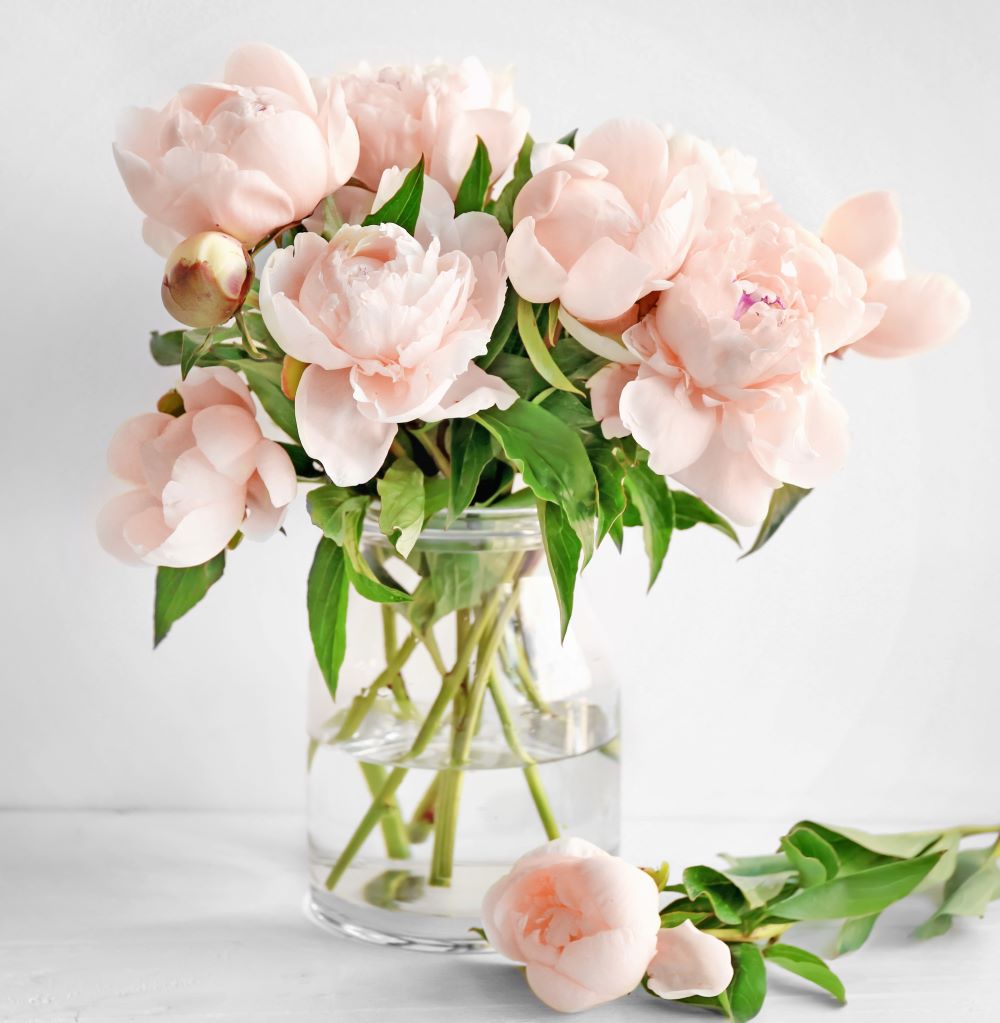
Peony
In addition to being the state flower of Indiana, and the traditional flower for 12th wedding anniversaries, peonies are also considered to be the flower of prosperity and riches in China, and are also associated with a happy life and a happy marriage, dating back to the Victorian era. Way back, with the Greek gods, there are two competing myths, based on two similar names. (It’s as if your grandmother told you about the Three Little Bears, and your grandfather told you about the Three Little Beers.)
One myth concerns Paeon, the physician to the Greek gods. (What, you think with all the lightning bolts and wars and things, they don’t need physicians?) There was also a god of medicine called Asclepius, whose symbol was a snake on a stick… familiar now as the symbol of medicine, the caduceus. This is all myth No. 1. So Paeon tried using a certain root to heal Pluto, who had been wounded in a battle with Hercules. And when it worked, Asclepius was so jealous he tried to kill Paeon, his former student. Pluto jumped in to save Paeon, and turned him into the flower of the very root that had cured him, the peony, because Pluto knew it would always be admired and honored. Aw. (And if you are wondering what a Roman god like Pluto, god of the underworld, is doing in a Greek myth, well, a colorful god like Pluto just gets around, you know? The Greek god of the underworld, Hades, just isn’t as interesting.)
Now to myth No. 2. Grandma’s version. There was a nymph … let’s slow down here. A nymph is a beautiful maiden, but supernatural. In Greek mythology she is a minor deity. In other cultures she could be considered a siren, mermaid, selkie, fairy or Tinker Bell, and she often exists in nature, in a glen, swamp, forest, or magical spot, on a sea shore, or, of course, in the water.
So, there was a nymph named Paeonia, and she fell in love with Pluto, yes, the same Pluto as above. As god of the underworld, he had this kind of Bad Boy quality. But Aphrodite, known for her beauty, is known for love, pleasure and passion. And jealousy, even if she isn’t married to Pluto. (Long story.) So, when Paeonia realizes that Aphrodite is watching her flirt with Pluto, she becomes shy and bashful. And she turns bright red in embarrassment.
Aphrodite, angry that she could not catch Paeonia actively flirting with Pluto, on the spot turned her into a flower that she called the peony.
And the flower has been considered a symbol of bashfulness ever since.
So take your pick. The peony is prized for its beauty. It was once highly regarded for its medicinal value. And there once were two Greek characters named Paeonia and Paeon.

Poinsettia
Originally known to represent purity to the Aztecs, poinsettias have more recently become a symbol of Christmas, sometimes known as the Christmas Star flower. This association arose from a Mexican story of a child picking a bouquet of weeds, which blossomed into beautiful red and green flowers.
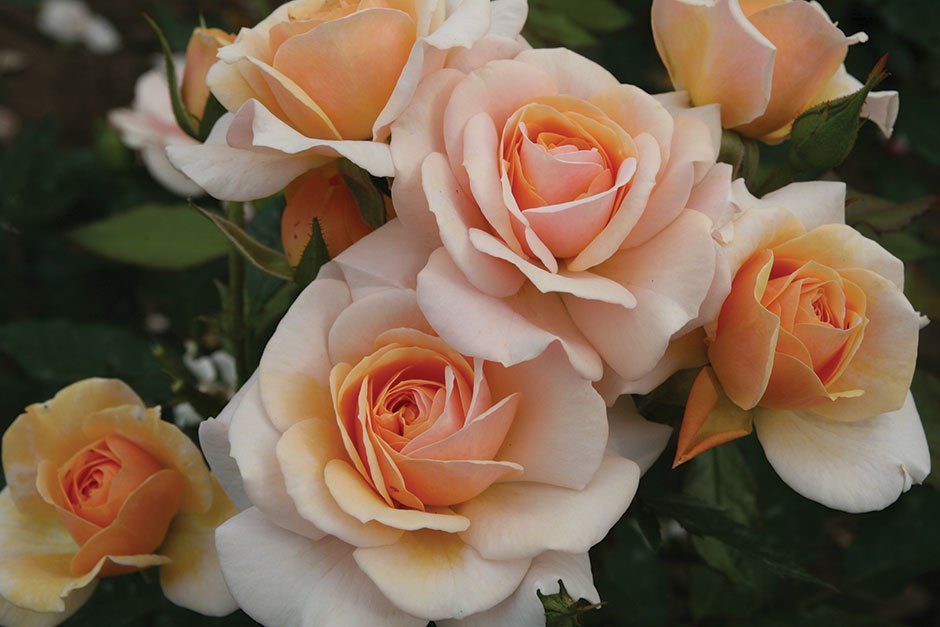
Rose
Roses are associated with numerous meanings and symbols. The red rose a symbol of true love and passion, while the yellow rose symbolizes friendship. White roses mean purity, as well as the beginning of a relationship, while pink roses mean happiness. A rose like the one above, called Sweet Honey (Kormecaso), and voted the 2020 Rose of the Year at the Hampton Court Palace Garden Festival, is considered creamy apricot, and hard to define as to color. The Greeks and Romans associated the rose with the goddesses of love, Aphrodite and Venus. The scent of a real garden rose is a powerful thing.

Sunflower
Sunflowers are associated with adoration, as well as with dedication. The flower is usually used as a symbol for true, long-lasting love. It was also once worshiped by the Incas as a symbol of the SunGod and is viewed as a symbol for the sun in many cultures. They are considered happy flowers because it is hard to be glum looking at that great big ray of sunshine. Just one in a vase is a pretty impressive gift.
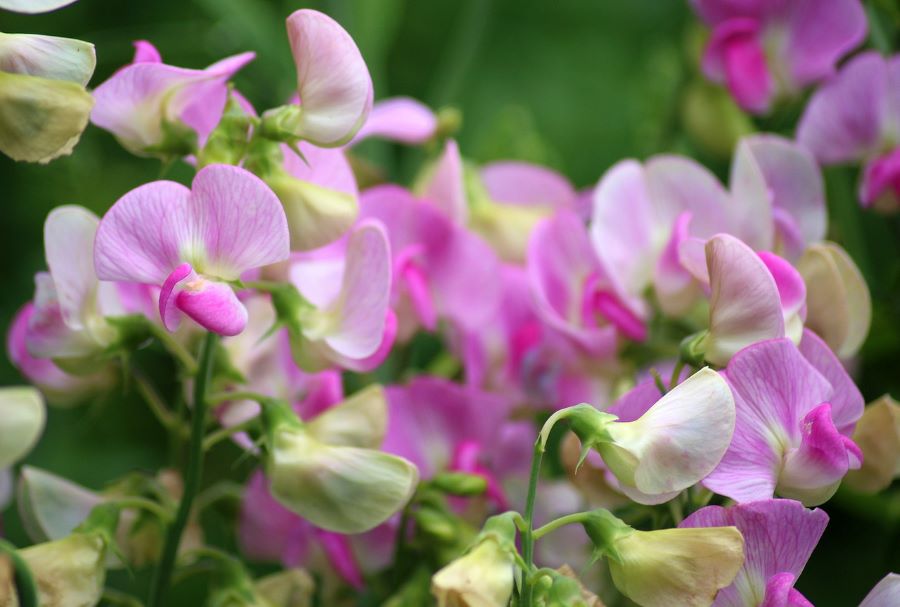
Sweet Peas
What we know of the history of the sweet pea is that a Sicilian monk, Franciscus Cupani, sent some seeds to an England in the 1600s, and from that we have our modern sweet peas. Even though those first flowers were distant ancestors of the glorious sweet peas we know today, the fact that the monk’s name is known is a miracle. It was Henry Eckford, a Scottish horticulturist at work in England in 1879, who gave us what we know today as the modern sweet pea. Eckford’s sweet peas can still be grown means that even the early descendants were recognized as special. Anyone who mistook these for edible peas soon learned they were poison. But the scent! There is no message to one color of sweet pea over another. The message of all sweet peas is gentle, simple, old-fashioned and full of regard.
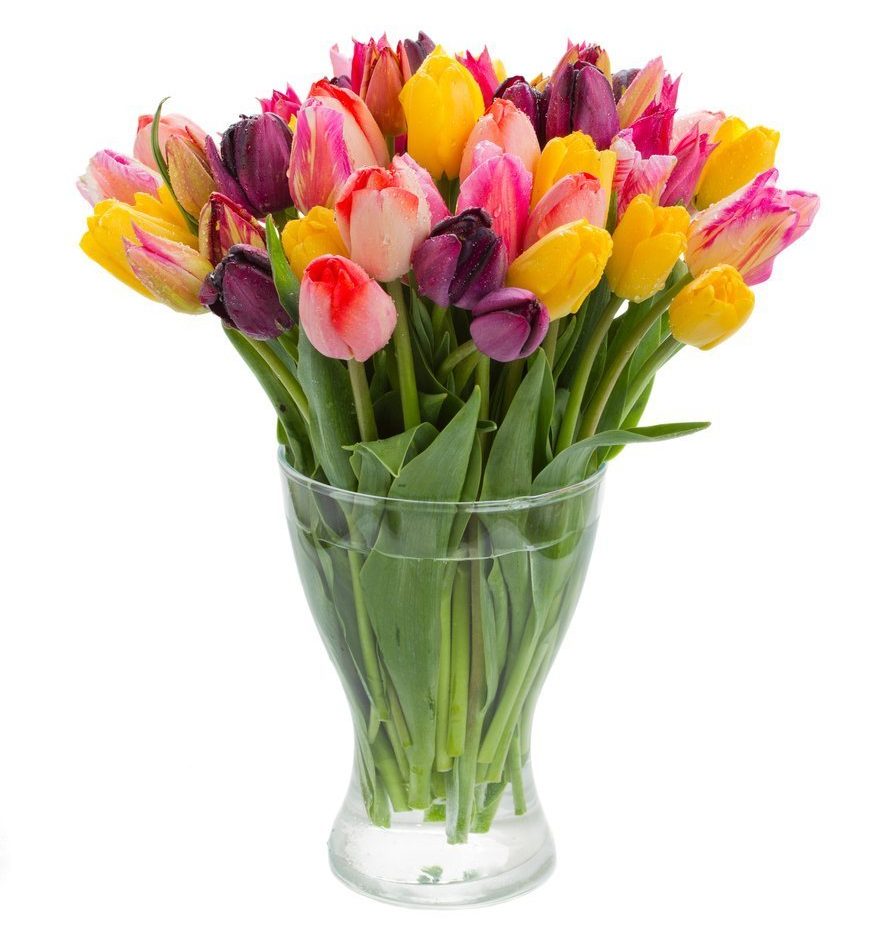
Tulip
Yellow tulips once meant hopeless love, but now they represent cheerfulness. White tulips imply forgiveness. A purple tulip is thought to represent royalty, while red represents passion. The elusive “black” tulip represents strength, or perhaps wishful thinking. Tulips are often given as a gift on the 11th wedding anniversary. The story of “tulip mania” in Holland in the 17th century is well known, when the Dutch passion for new and striking colors and patterns became so extreme that a single lot of exotic bulbs became worth more than a house. When the market for these bulbs crashed, it ruined traders, growers, speculators, merchants. Still, growing tulips, daffodils, hyacinths and other flowers remains a huge industry in the Netherlands. It grows 4.2 billion tulip bulbs a year, and exports half of those.
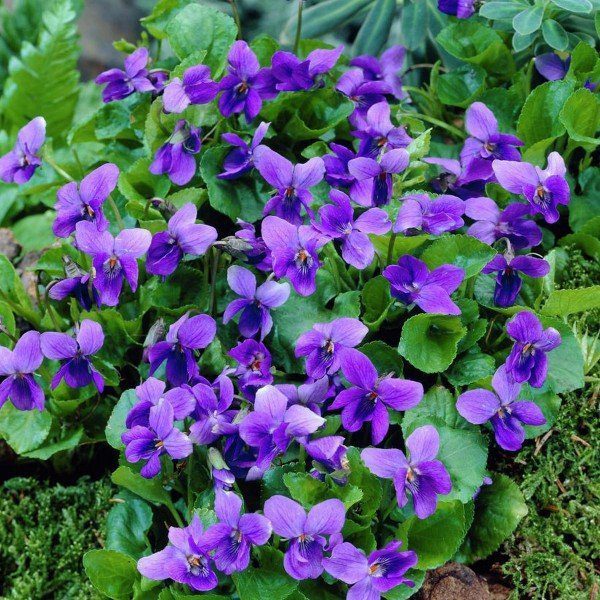
Violets
You have heard of “shy violets”? A violet is a symbol of modesty, virginity, sweetness, youth, spiritual wisdom, faithfulness and humility. It is also associated with the Virgin Mary. In Roman times, violets were considered funeral flowers. (They also made wine out of violets.) Violets are the February birth flower and the state flower of Illinois. There are hundreds of types of violets, and although the name stands for a color, they also come in light blue, yellow, white, cream and in two-tones. If you notice a similarity, the common garden pansy has been bred from a violet.
Linda Lee is a former editor at The New York Times. She was the deputy editor of House & Home, where among other duties she edited the garden column. She also wrote frequently for Sunday Styles.
